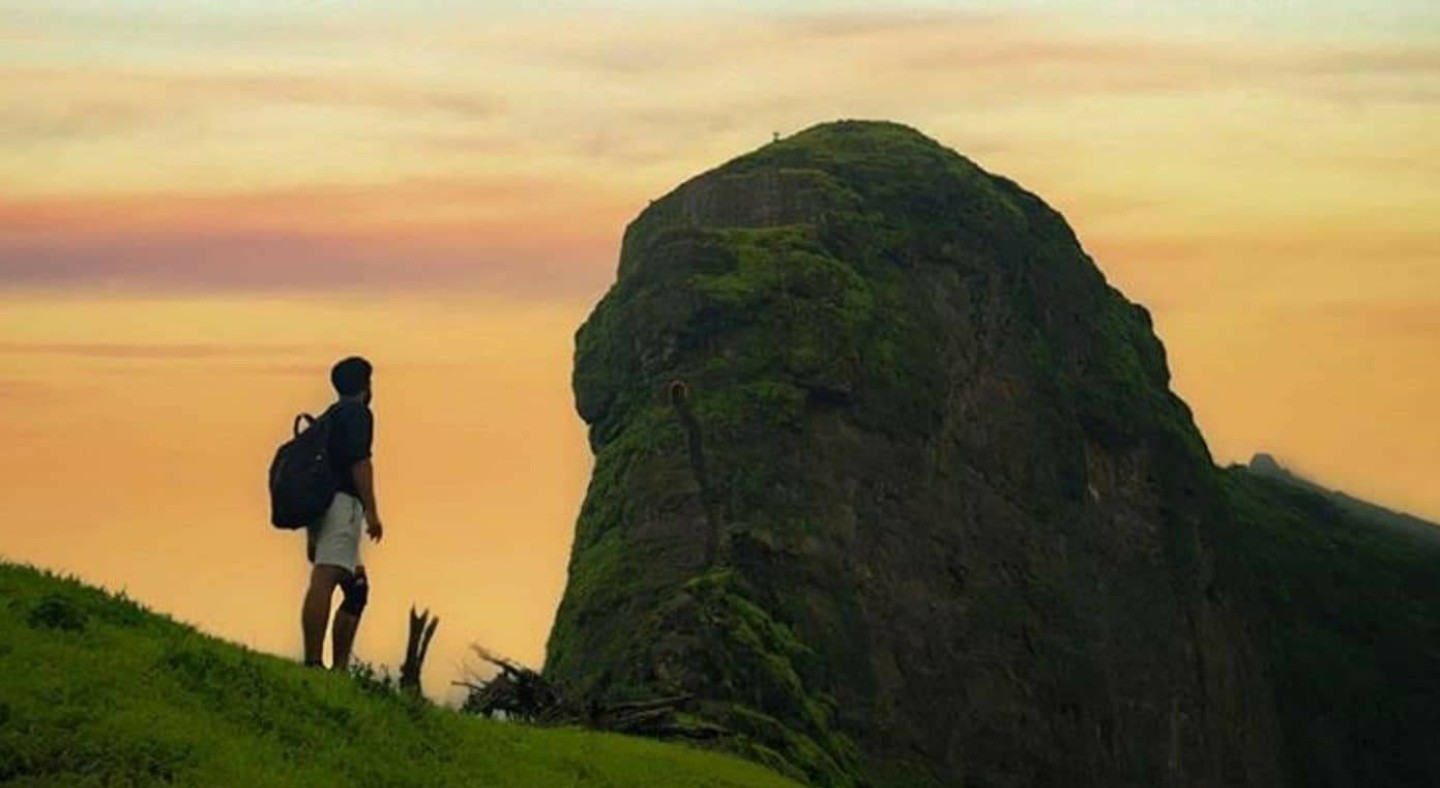
Harihar Fort Trek: Things to Remember
Harihar Fort, nestled in the Nashik district of Maharashtra, India, is a popular trekking destination that attracts adventure enthusiasts from far and wide. Its distinctive needle-shaped peak and rich historical significance make it a must-visit for those seeking a thrilling outdoor experience. However, before you embark on Harihar Fort trek, there are several crucial things to keep in mind to ensure a safe and enjoyable journey.
1. Historical Background:
Before delving into the logistics of the trek, it’s essential to appreciate the historical significance of Harihar Fort. Built during the Yadava dynasty, the fort has changed hands multiple times over the centuries, with the Marathas eventually gaining control. The trek offers not just a physical challenge but also a journey through history, with the fort showcasing architectural marvels from different eras.
2. Physical Fitness:
The trek to Harihar Fort is moderately challenging, involving steep ascents and precarious rock-cut staircases. Prior physical fitness is crucial to ensuring a smooth journey. Engage in regular cardiovascular exercises and strength training to prepare your body for the demands of the trek.
3. Appropriate Footwear:
Given the rocky and uneven terrain, wearing appropriate footwear is non-negotiable. Sturdy trekking shoes with good grip will provide the necessary support and stability, reducing the risk of slips and falls.
4. Weather Considerations:
Maharashtra experiences diverse weather conditions, so it’s essential to check the weather forecast before planning your trek. While winters are generally pleasant, summers can be scorching. Carrying sufficient water, a hat, and sunscreen is imperative during warmer months. In monsoon, the trail can become slippery, so exercise caution.
5. Water and Snacks:
Carry an ample supply of water to stay hydrated, especially during the ascent. Snacks like energy bars, nuts, and fruits provide a quick energy boost during the trek. It’s advisable to carry a reusable water bottle to minimize environmental impact.
6. Trekking Gear:
Besides appropriate footwear, other essential trekking gear includes a backpack, trekking poles for stability, and a hat or cap for sun protection. A raincoat or poncho is crucial during the monsoon season. Additionally, a first aid kit with basic medical supplies is a must.
7. Timing of the Trek:
The best time to trek to Harihar Fort is during the winter months (October to February) when the weather is pleasant. Summers can be hot, making the trek more challenging. Monsoons bring lush greenery but also slippery paths, demanding extra caution.
8. Local Guides:
Considering the rocky and challenging terrain, hiring a local guide is a wise decision. Experienced guides are familiar with the trail, ensuring a safer and more enjoyable trek. They can also provide insights into the history and significance of the fort.
9. Responsible Trekking:
Respect nature and follow the principles of responsible trekking. Avoid littering, stick to designated trails, and be mindful of the local flora and fauna. Leave no trace and contribute to the preservation of this beautiful natural heritage.
10. Permits and Permissions:
Check if any permits or permissions are required before starting the trek. Some trekking destinations may have entry restrictions or specific guidelines that need to be followed.
By keeping these essential factors in mind, you can make the most of your Harihar Fort trek, ensuring a safe, enjoyable, and memorable adventure.


